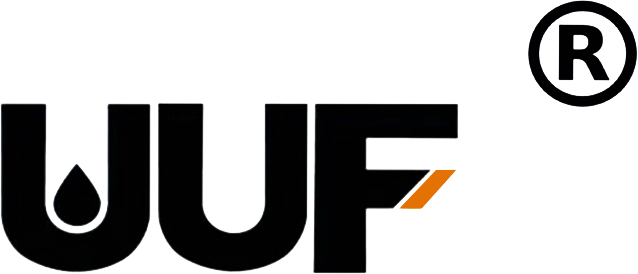Understanding Valve Cover Gasket Sealant: Essential Insights for Automotive Enthusiasts
Time:
2025-09-29
When it comes to automotive maintenance, one component that often goes overlooked is the valve cover gasket sealant. This essential substance plays a critical role in ensuring that the engine operates efficiently and remains free from leaks. The valve cover gasket itself is a crucial element that seals the connection between the valve cover and the engine block, preventing oil from seeping out and
When it comes to automotive maintenance, one component that often goes overlooked is the valve cover gasket sealant. This essential substance plays a critical role in ensuring that the engine operates efficiently and remains free from leaks. The valve cover gasket itself is a crucial element that seals the connection between the valve cover and the engine block, preventing oil from seeping out and contaminants from entering. However, the effectiveness of this gasket is significantly enhanced when paired with a high-quality sealant.
Valve cover gasket sealant serves several purposes. Primarily, it acts as a bonding agent that reinforces the gasket's ability to seal tightly against the engine's surfaces. This is particularly important because the engine operates under varying temperatures and pressures, which can cause the gasket to wear down or become distorted over time. By applying sealant, you can create a more robust barrier that withstands these conditions.
There are different types of sealants available on the market, each formulated to address specific needs. Silicone-based sealants are among the most popular choices due to their flexibility and resistance to extreme temperatures. They can accommodate the slight movements of engine parts without losing their sealing properties. On the other hand, some manufacturers offer anaerobic sealants that cure in the absence of air, providing a strong bond that is ideal for metal-to-metal applications.
When applying valve cover gasket sealant, it's essential to follow certain best practices to ensure optimal results. First, always clean the surfaces thoroughly before application. Any residue, oil, or debris can compromise the effectiveness of the sealant. Additionally, it's crucial to apply the sealant evenly and in the recommended thickness. Over-application can lead to excess material squeezing out, which may create a mess and could potentially obstruct engine components.
Moreover, allow the sealant to cure fully before starting the engine. This waiting period ensures that the sealant achieves its maximum bonding strength, reducing the risk of leaks. Regular inspections are also advisable, as they can help detect any signs of wear or damage early on, allowing for timely maintenance.
In summary, valve cover gasket sealant is an indispensable component in automotive care, ensuring the longevity and performance of your engine. By understanding its function, types, and proper application techniques, you can take proactive steps to maintain your vehicle's health. Whether you're a seasoned automotive professional or a dedicated car enthusiast, being well-informed about valve cover gasket sealant will undoubtedly aid you in keeping your engine running smoothly and efficiently.
Valve cover gasket sealant serves several purposes. Primarily, it acts as a bonding agent that reinforces the gasket's ability to seal tightly against the engine's surfaces. This is particularly important because the engine operates under varying temperatures and pressures, which can cause the gasket to wear down or become distorted over time. By applying sealant, you can create a more robust barrier that withstands these conditions.
There are different types of sealants available on the market, each formulated to address specific needs. Silicone-based sealants are among the most popular choices due to their flexibility and resistance to extreme temperatures. They can accommodate the slight movements of engine parts without losing their sealing properties. On the other hand, some manufacturers offer anaerobic sealants that cure in the absence of air, providing a strong bond that is ideal for metal-to-metal applications.
When applying valve cover gasket sealant, it's essential to follow certain best practices to ensure optimal results. First, always clean the surfaces thoroughly before application. Any residue, oil, or debris can compromise the effectiveness of the sealant. Additionally, it's crucial to apply the sealant evenly and in the recommended thickness. Over-application can lead to excess material squeezing out, which may create a mess and could potentially obstruct engine components.
Moreover, allow the sealant to cure fully before starting the engine. This waiting period ensures that the sealant achieves its maximum bonding strength, reducing the risk of leaks. Regular inspections are also advisable, as they can help detect any signs of wear or damage early on, allowing for timely maintenance.
In summary, valve cover gasket sealant is an indispensable component in automotive care, ensuring the longevity and performance of your engine. By understanding its function, types, and proper application techniques, you can take proactive steps to maintain your vehicle's health. Whether you're a seasoned automotive professional or a dedicated car enthusiast, being well-informed about valve cover gasket sealant will undoubtedly aid you in keeping your engine running smoothly and efficiently.
Keyword:
valve cover gasket sealant


















